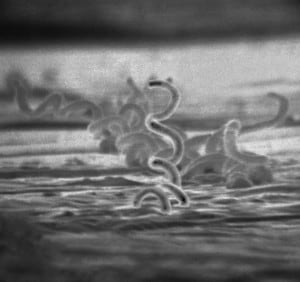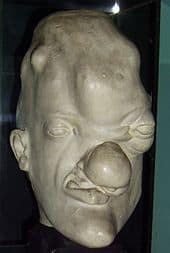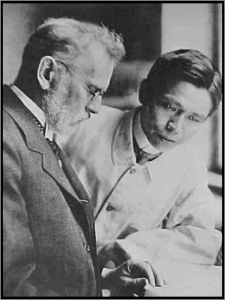Syphilis and Paul Ehrlich:
an Historical Case Study
Sahachiro Hata, working in Paul Erlich’s laboratory in 1908, discovered the arsenic compound arsphenamine (later known as Salvarsan), which was the first effective treatment for syphilis. The disease, which is transmitted either sexually or congenitally, begins as a superficial affliction but can lead to serious complications including seizures, aneurysms, and deformation in its later stages.
Syphilis has haunted global history and culture for centuries. Scientists debate its arrival in the Americas, with the greatest evidence supporting the Colombian hypothesis arguing that Christopher Columbus’ crewmen brought syphilis back with them from the Americas. Several famous historical figures including Franz Schubert are thought to have contracted the disease. It has been treated in art by Albrecht Dürer and in the femme fatale (“poison woman”) literature of 19th century writers such as John Keats. It was the subject of questionable ethical practices in the Tuskegee syphilis study of 1932.
Treponema pallidum (pictured), the bacterium which causes syphilis, was not discovered until 1905. This discovery paved the way for Hata’s cure. The disease currently affects an estimated 12 million people with 90% of those cases being in the developing world. Since penicillin became widely available in the 1940s, syphilis can be treated effectively with antibiotics.
Images: treponema pallidum; Dürer’s “Syphilitic Man” (1496); bust of deformation in a patient with gummatous syphilis; Hata and Ehrlich.



